Premium Pocket Knives: Why You Pay Top Dollar
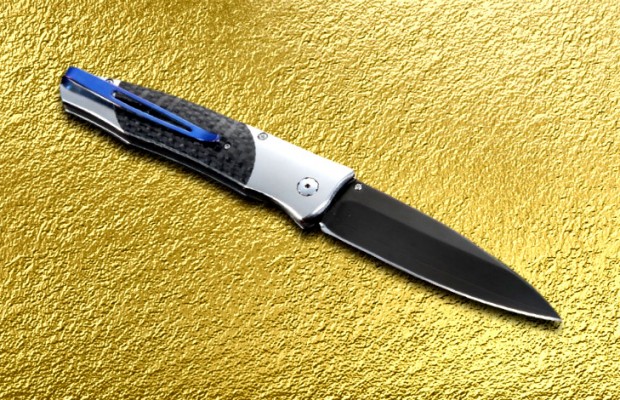
With news that the market for production knives is declining, knife people seem to be more price-conscious than ever. Yet in recent years the number of high-end, high-priced knives has exploded. Makers are pushing the limits of design and raising the price of knives along with it.
“A $40 knife is nearly disposable.”
KnifeArt.com founder Larry Connelley, who specializes in retailing premium knives, points out that there are good reasons for the prices of high end knives. “The higher price tag is driven by the use of higher quality materials, more labor-intensive processes, and the R&D and design time,” he says. “What you’re getting is a knife that cuts better and delivers a faster and smoother action thanks to a vastly improved fit and finish.” A knife that costs more is also an asset that can be resold and retain some of the money you put into it, but “a $40 knife is nearly disposable,” says Connelley.
“Time is the ultimate non-renewable resource.”
According to knife makers the single biggest driver of cost is the time they’re putting in. “Time is the ultimate non-renewable resource,” says Elliot Williamson, head of Ferrum Forge Knife Works. “Ultimately what makes our knives expensive isn’t so much the cost of materials – even though our materials are more expensive – but the fact that we’re taking more time to make fewer knives.” Williamson is dedicated to making sure that each Ferrum Forge knife meets his exacting standards. “I figured it out once: if I worked as many hours at McDonald’s as I do in my shop I would make $80,000 a year,” he says.
At $410 retail, a Chris Reeve Sebenza 21 used to mark the high-water mark for price within the production knife world. Now, brands like Ferrum Forge and Medford Knife & Tool make knives that start in the $400-500 range. Production Shirogorov knives come in at just under $700. Benchmade introduced upmarket options to the popular Griptilian line that are 80% more expensive than the standard trim models. Clearly, there is demand for more expensive knives. Most respondents to the KnifeNews’ Ultimate Folder Survey reported being comfortable spending up to $250 on a single knife, with the next largest group saying they’d spend up to $500.
“There is a real sweet spot between $275 and $400.”
You don’t need to spend thousands of dollars if you’re focussed on buying a great knife that you’re going to use. “There is a real sweet spot between $275 and $400. In that range you are getting many of the benefits that a full custom can offer in a knife you still feel comfortable using,” Connelley says. “People that spend more than $600 on a knife do so because they appreciate the materials, workmanship, and design. They usually are buying more than just the utility of the knife alone.”
> > Keep your folders awesome. Grab a Pack of 5 Microfiber Blade Sleeves for $8.99 < <
To the casual knife consumer, or someone just beginning to develop the interest, spending that much on a pocket knife may seem preposterous. Connelley says that many who get drawn in end up sinking into more premium knives like quicksand: “Our customers usually start out like anyone else does, with a basic pocket knife. They gradually learn to appreciate higher quality knives as their tastes evolve and their interest deepens.”
Knife featured in image: William Henry B30 Blackbird Gentac


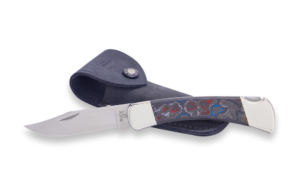
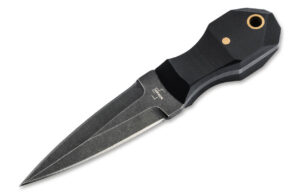
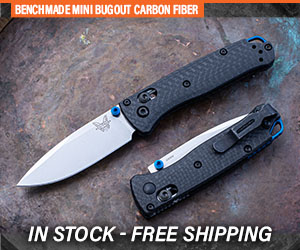





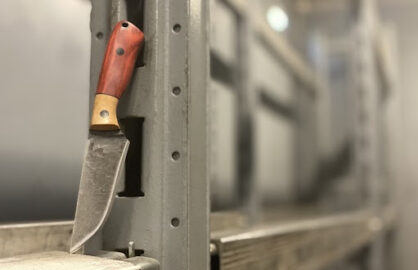
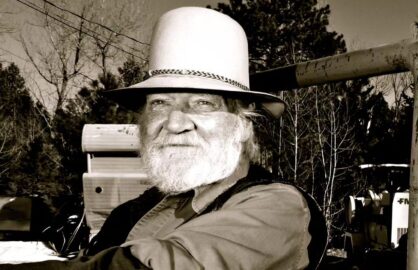

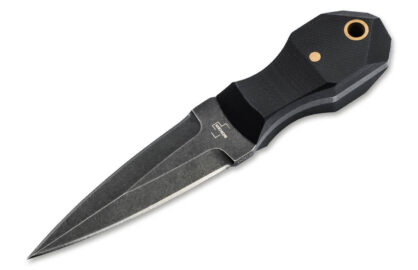

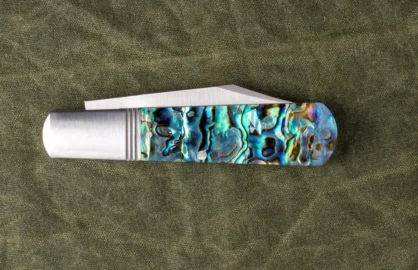


0 comments